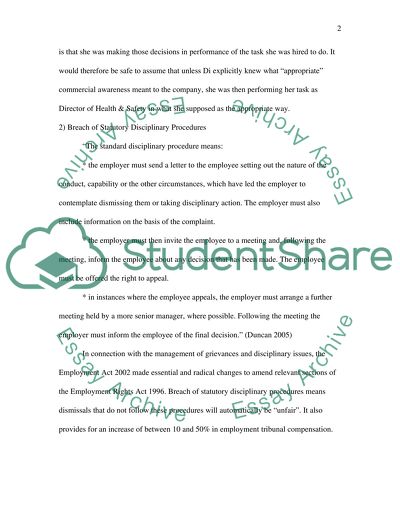Dismission Case Study Example | Topics and Well Written Essays - 1000 words. Retrieved from https://studentshare.org/law/1521599-dismission
Dismission Case Study Example | Topics and Well Written Essays - 1000 Words. https://studentshare.org/law/1521599-dismission.


